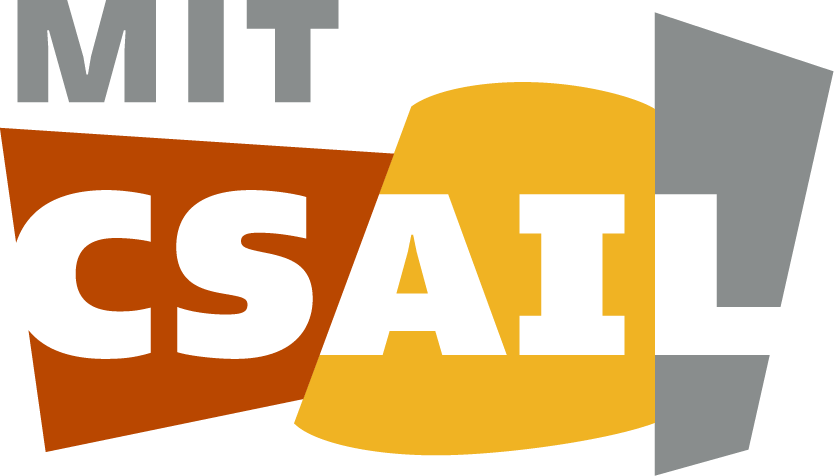

Go beyond the interface of human and computer interaction (HCI) with cutting-edge research that will shape the future of
user experience design

6 weeks, excluding
orientation

8-10 hours per week,
entirely online

Weekly modules,
flexible learning
1
The ability to integrate future-focused HCI thinking into your work, creating faster, simpler, and more intuitive experiences between humans and technology.
2
A deeper understanding of cutting-edge HCI concepts from world-renowned experts, including the use of brain-controlled robots for an enhanced user experience.
3
An in-depth understanding of speech and vision tools gained through an exploration of eye-tracking and gaze-following technologies.
Over the duration of this online program, you’ll work through the following modules:
Module 1 The Essence of Interaction Design
An introduction to HCI and UI and the criteria, multiple levels, and conceptual aspects to consider in interaction design.
Module 2 Natural Interaction
An overview of natural user interfaces and the design principles that guide them.
Module 3 Collaborative Computer Interaction
Learn about the democratization of computer interaction and some of the tools that can be used for this purpose.
Module 4 Intelligent User Interfaces and Prototyping
Discover how high-performance applications can improve usability and how prototyping can be applied.
Module 5 Multimedia, Speech, and Vision in Computer Interaction
Learn about vision capabilities, gaze-following, intuitive media authoring, and language learning in machines and computer interfaces.
Module 6 The Future Directions of User Interaction
Explore the future and look at the directions of user interaction; learn about human-robot interaction, virtual reality, and more.
Please note that module titles and their contents are subject to change during course development.
Daniela Rus
Director, MIT Computer Science and Artificial Intelligence Laboratory (CSAIL)
Rus is the Andrew (1956) and Erna Viterbi Professor of Electrical Engineering and Computer Science and director of the Computer Science and Artificial Intelligence Laboratory (CSAIL) at MIT. She serves as the director of the Toyota-CSAIL Joint Research Center and is a member of the science advisory board of the Toyota Research Institute.
Rus’ research interests are in robotics, mobile computing, and data science. Rus is a Class of 2002 MacArthur Fellow, a fellow of ACM, AAAI and IEEE, and a member of the National Academy of Engineering and the American Academy of Arts and Sciences. She is the recipient of the 2017 Engelberger Robotics Award from the Robotics Industries Association. She earned her PhD in computer science from Cornell University.
Daniel Jackson
Professor of Computer Science, Department of Electrical Engineering and Computer Science, MIT
Jackson’s current focus is on new software design approaches for improved usability and reduced development cost, new programming paradigms, and security-by-design for cyber-physical systems and web apps. He has general interests in lightweight formal methods (such as Alloy) and the role of design thinking in software.
Randall Davis
Professor of Electrical Engineering and Computer Science, Department of Electrical Engineering and Computer Science, MIT CSAIL
In 1978, Davis joined the faculty of the Electrical Engineering and Computer Science Department at MIT where, from 1979 to 1981, he held an Esther and Harold Edgerton Endowed Chair. He is currently a full professor in the department and a research director of CSAIL. He and his research group are developing advanced tools that permit natural, sketch-based interaction with software, particularly for computer-aided design and design rationale capture.
David Karger
Professor of Computer Science, Department of Electrical Engineering and Computer Science, MIT CSAIL
Karger’s primary interest is in developing tools that help individuals manage information better. This involves studying people and current tools to understand where the problems are, creating and evaluating tools that address those problems, and deploying those tools to learn how people use them and iterate the whole process. He draws on whatever fields can help: information retrieval, machine learning, databases, and algorithms, but most often human-computer interaction.

“The Human-Computer Interaction for User Experience Design online short course gave me the opportunity to interact with professionals from all over the globe, with different backgrounds and perspectives, leading to enriching and interesting discussions. It’s a great opportunity to have insights coming from MIT CSAIL researchers, whose work has proven to be not just futuristic, but incredibly complex and attractive too!”
This MIT CSAIL online program is delivered in collaboration with online education provider GetSmarter. Join a growing community of global professionals who have already benefited from the opportunity to:

Gain verifiable and relevant competencies and earn invaluable recognition from an international selection of universities and institutions, entirely online and in your own time

Enjoy a personalized, people-mediated online learning experience created to make you feel supported at every step

Experience a flexible but structured approach to online education as you plan your learning around your life to meet weekly milestones